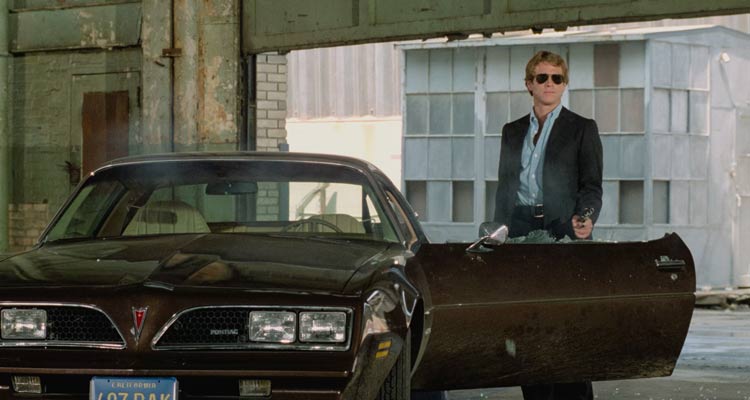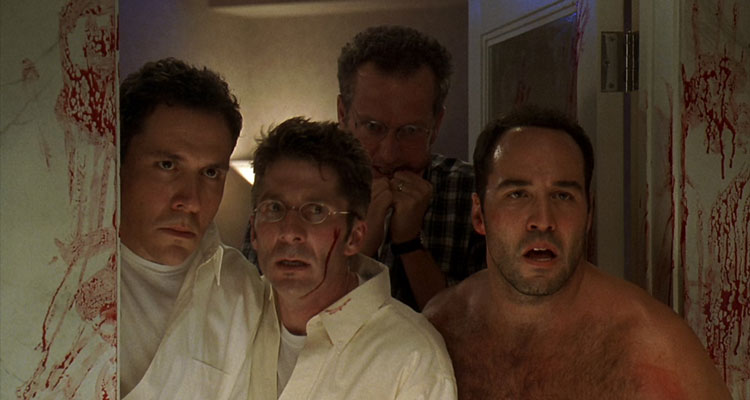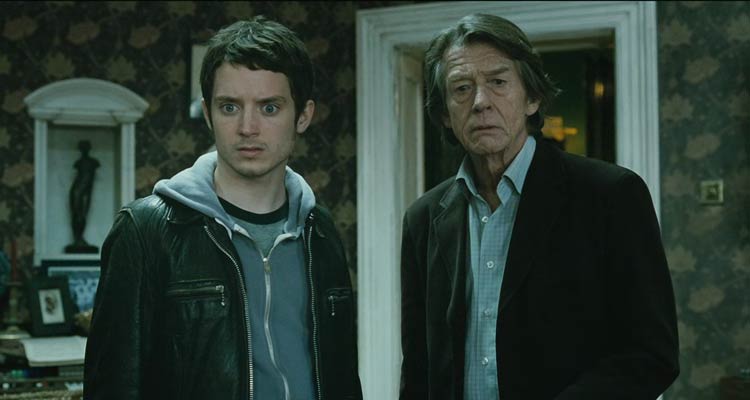Thirsty for more gritty neo-noir movies from the seventies, I’ve decided to revisit one of the more influential ones. Quentin Tarantino, Nicolas Winding Refn, and Edgar Wright all found it highly inspirational. The Driver is a minimalistic noir crime thriller following a highly skilled getaway driver over the course of a couple of intense days. Starring Ryan O’Neal, it surprisingly didn’t do too well at the box office. However, in the coming decades, it became a cult classic. Walter Hill’s desire was to make a “pure” thriller, stepping out of the bounds of the mainstream. This is why the dialogue is so sparse and why we never learn the names of the characters.
The film’s focus is on existentialism, as it manifests in the characters and fuels the all-consuming brooding atmosphere. While The Driver is undoubtedly worth watching, I found it too ambiguous and flawed to fully justify its cult status. The action sequences weren’t particularly thrilling, and the dialogue often fell flat. The performances suffered as well, not due to the actors themselves, but rather the material they were given. Ryan O’Neal essentially carried the entire film, while Bruce Dern and Isabelle Adjani delivered uneven performances. What frustrated me the most was the film’s lack of inner logic. The script feels like it never got too far from a rough draft.
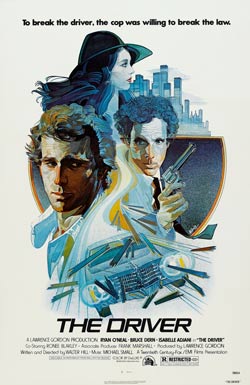
They were hoping the atmosphere would cover up all the flaws and they were right to some extent. The Driver was inspired by the 1972 thriller The Getaway, written by Walter Hill, who would later bring his vision to life with this film six years later. He also drew heavily from French noir crime thrillers like The Samurai and The Red Circle. At the time, car culture was at its peak in the United States, fueling a wave of excellent films where the eponymous driver took center stage. Chase scenes became a defining feature of American action thrillers, but night car chases were a rarity, something Hill sought to change with The Driver.
The result was a visually striking film that helped establish nighttime chase sequences as an enduring cinematic staple. The Driver was in development for several years as Steve McQueen didn’t want to “reprise” his role of a getaway driver. So, they spent months and months looking for the right lead. O’Neal was good, not as good as McQueen would’ve been, but still pretty damn good. It was absolutely crucial to get the lead right because this movie is all about him. He’s a man driven by a unique set of principles, operating under a personal code that sets him apart from other criminals.
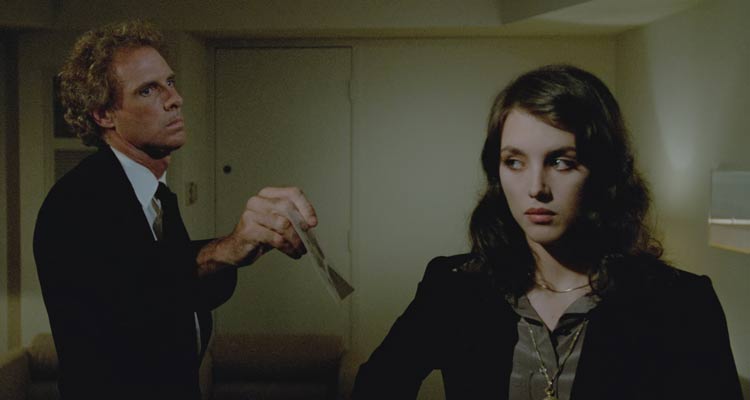
Fearless and exceptional at something as mundane as driving, a task we all do every day, he embodies the archetype of the strong, silent type, always prepared for anything. This character resonated deeply with many men, as he allowed them to indulge in the fantasy of letting their intrusive thoughts take over. It gave them a chance to embrace chaos and live by their own rules. To fully inhabit this personality is to embrace a state where your objectives are clear, your skills match and exceed the challenges, and you remain perpetually in control. You never lose your cool, in fact, you are cool.
In a world where we are bound by countless constraints and plagued by confusion, not just about ourselves but about others, this mindset feels incredibly alluring. This appeal is part of what makes The Driver stand out. It wasn’t your typical 1970s action/thriller. Its uniqueness, coupled with its brooding atmosphere and distinctive approach, elevated it to underground hit status. Despite its obvious narrative flaws, the film’s originality has made it a frequent point of reference, often cited by those wanting to project a sense of individuality.
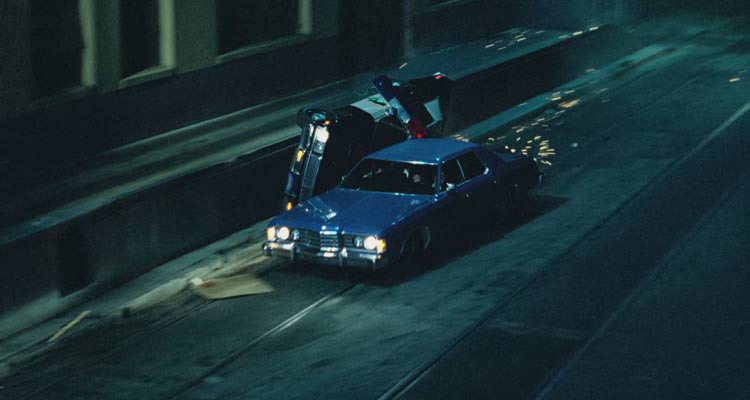
I say this from personal experience. I, too, was one of those people, referencing this movie to appear unique. To some extent, I still am. The Driver taps into that desire for clarity and control in a chaotic world, making it a film that resonates deeply for reasons beyond its plot. To make things even more interesting, my introduction to The Driver came through the 1999 video game Driver, inspired by this movie. The game boasted an excellent, much more fleshed-out story and a revolutionary driving model for its time. It was a true pleasure to play and a testament to the lasting influence of The Driver.
However, it was Michael Mann’s Thief that prompted me to revisit it a couple of days ago. Having seen both, I must admit that Thief is the superior film in terms of narrative depth and execution. That said, the short running time of The Driver and its superb 4K remaster make it an easy and visually stunning watch. It’s a painless experience that, depending on your mood, just might hit that perfect nostalgic spot.
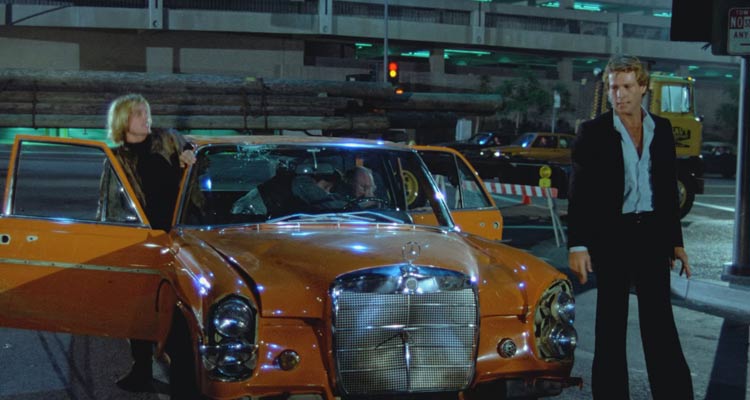
Director: Walter Hill
Writer: Walter Hill
Cast: Ryan O’Neal, Bruce Dern, Isabelle Adjani, Ronee Blakley, Matt Clark, Rudy Ramos
Fun Facts: The cars the lead character in The Driver drives are:
- During the first heist the driver (cowboy) drives a blue 1974 Ford Galaxie 500
- The car that’s almost completely wrecked in the garage scene is a yellow 1970 Mercedes-Benz 280 S.
- Cowboy continues to drive a black 1977 Pontiac Firebird Esprit before getting into a red 1962 Volkswagen Karmann Ghia Coupé.
Rating:
IMDb Link: https://www.imdb.com/title/tt0077474/
